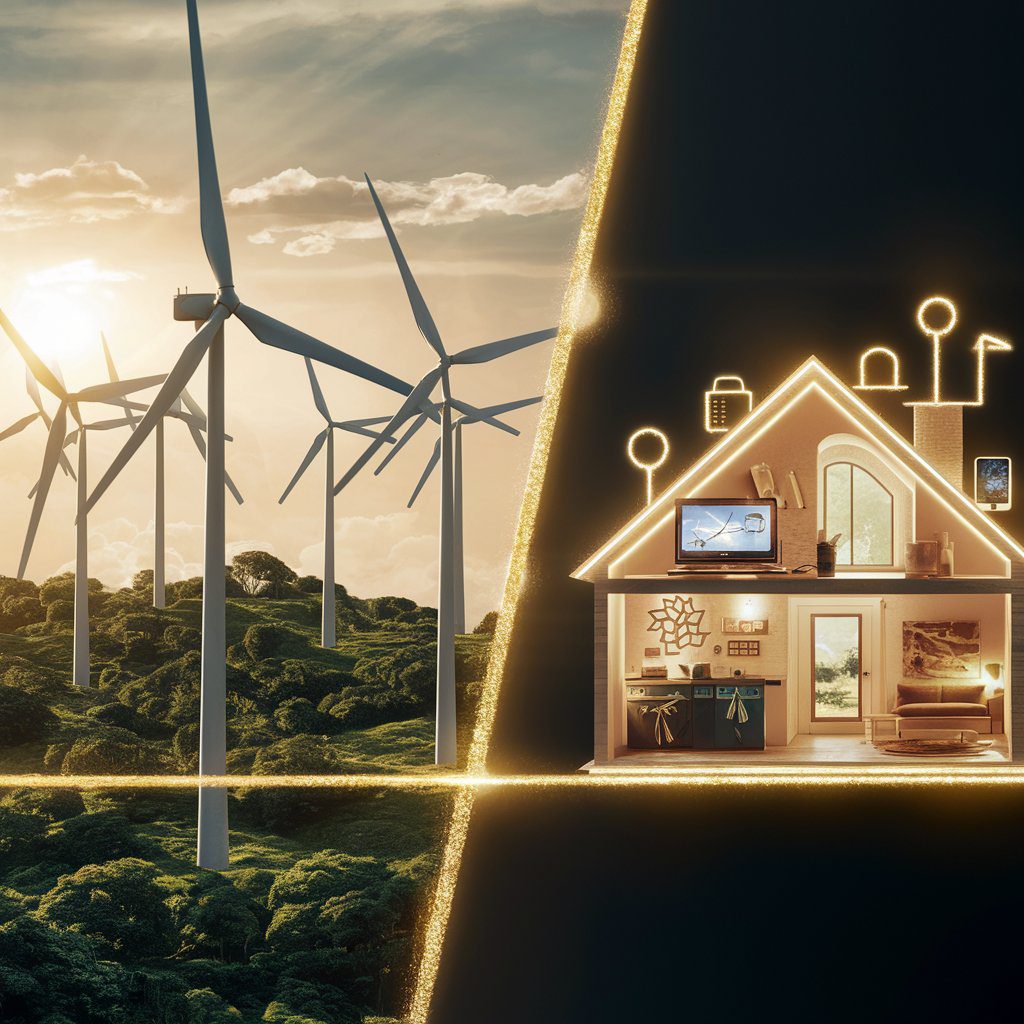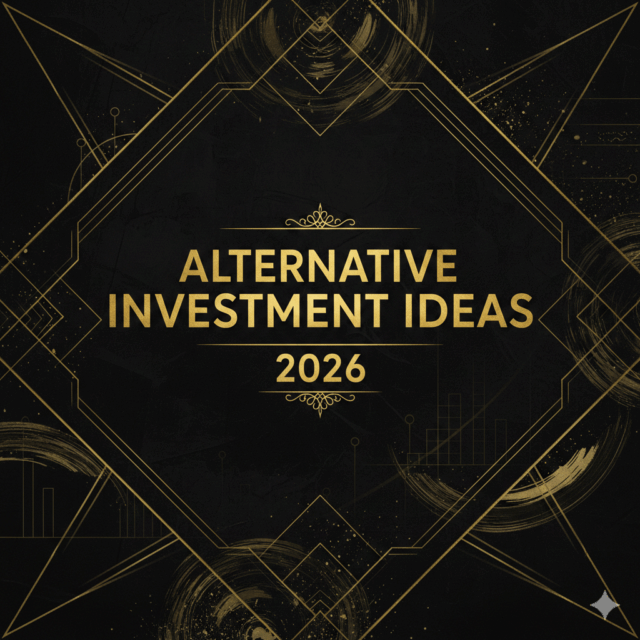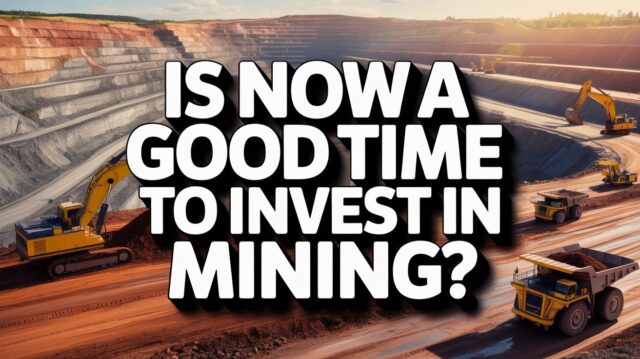Wind energy is rapidly becoming a cornerstone of the global transition to clean power. As we explore the landscape of wind energy investments, it’s important to note that this article is for informational purposes only and does not constitute financial advice.
How To Invest In Wind Energy
Wind energy has emerged as a leading renewable power source, offering potential opportunities for investors interested in the green energy sector. The global wind energy market has shown remarkable growth, with a record 117GW of new capacity installed in 2023, representing a 50% year-on-year increase. This sets a strong foundation for continued expansion in 2024 and beyond.
Why Wind Could Be a Good Investment
The wind industry is entering a new era of accelerated growth, driven by increased political ambition. This is exemplified by the COP28 adoption of a target to triple renewable energy by 2030. To meet these targets and align with the 1.5-degree pathway, the wind industry needs to dramatically scale up its annual growth from 117 GW in 2023 to at least 320 GW by 2030.
Additionally, the ratio of investment in clean power (including wind) to unabated fossil fuel power is expected to reach 10:1 in 2024, a significant increase from the 2:1 ratio in 2015. This shift in investment priorities towards renewable energy sources like wind indicates strong growth potential in the sector.
Types of Wind Energy
Land-based Wind Energy
Land-based or onshore wind farms are the most common type of wind energy installations. These typically consist of large turbines placed in areas with consistent wind patterns, such as open plains or hilltops.
Offshore Wind Energy
Offshore wind farms are built in bodies of water, usually in the ocean. While more complex to construct, they can take advantage of stronger and more consistent wind patterns found over open water.
What type of wind investments are there?
Stocks
Investors can consider companies that manufacture wind turbines, develop wind farms, or utilities with significant wind power generation capacity.
Equities
Equity investments in wind energy can include both public and private companies involved in various aspects of the wind energy value chain.
Wind Power ETFs
Exchange-Traded Funds (ETFs) focused on wind energy or broader renewable energy portfolios offer a diversified approach to investing in the sector.
Green Bonds
Green bonds are fixed-income instruments specifically earmarked to raise money for climate and environmental projects, including wind energy developments.
Why Do Investors Like Green Investments?
Investors are increasingly drawn to green investments like wind energy due to a combination of social responsibility and potential financial returns. Many see it as an opportunity to contribute to protecting the planet while also benefiting from the growth of the renewable energy sector.
“At New Capital Link, we recognise the dual benefit of wind energy investments. They offer the potential for attractive returns while contributing to a more sustainable future. It’s a win-win for investors who want to make a positive impact without compromising on financial goals.”
Rachel Buscall, CEO of New Capital Link, comments:
Alternative investments London
New Capital Link, based in London, is committed to identifying and offering ethical and socially responsible investment opportunities. The firm specialises in alternative investments that align with sustainable development goals, including renewable energy projects like wind farms.
New Capital Link’s approach focuses on thorough due diligence and a deep understanding of the renewable energy sector. By prioritising investments that benefit both investors and society, the firm aims to be at the forefront of the transition to a more sustainable financial landscape.
In conclusion, wind energy presents a dynamic and growing sector for potential investment. As with any investment, it’s crucial to conduct thorough research and consider seeking professional advice before making investment decisions.






